Alpinia Purpurata, Pink Ginger Plant
₹494.00 ₹420.00
Alpinia Purpurata, Pink Ginger Plant are plants with gorgeous long, feathery fronds that demand a lot of care and attention. Considering that the plant has a ten year lifespan, that is a lot effort to care for a plant, but you will be rewarded with a tropical feel in your living space. Let’s take a look at what the areca palm needs to thrive.
Description
Purchase Description
- Alpinia Purpurata, Pink Ginger Plant
- Product Material : Natural Plant With Pot , Quantity : 1
- Pot : Height : 5 Inches (13 cm), Pot Colour : Black (Plastic)
- Very easy to maintain and Suitable for gifting to Plant Lovers
Plant Description
How to Plant and Care for Alpinia Purpurata, Pink Ginger Plant
Alpinia Purpurata, Pink Ginger Plant are plants with gorgeous long, feathery fronds that demand a lot of care and attention. Considering that the plant has a ten year lifespan, that is a lot effort to care for a plant, but you will be rewarded with a tropical feel in your living space. Let’s take a look at what the areca palm needs to thrive.
- Sunlight – These gorgeous plants require a lot of light to grow, but they do not like direct sunlight. If the palm is in an area without enough light, the growth of the plant will slow considerably. If it is receiving too much direct sun, the leaves will begin to turn yellow from sunburn.
- Water – Alpinia Purpurata, Pink Ginger Plant seem to have an unquenchable thirst during the spring and summer months. Ensure that the plant is in a well draining pot because sitting in water will cause the roots to rot. If you overwater the palm and there is no place for the water to drain, it is likely that the plant will die. In fact, this is the most common reason that a areca palm dies. Also, this plant does not like water that has chemicals in it. Salt, chlorine, fluoride, and other chemicals that can be found in our drinking water will cause dots to form on the leaves, so use distilled water whenever possible.
- Temperature – These tropical beauties prefer warm temperatures that are between 65 and 75 degrees Fahrenheit. It will not tolerate temperatures that drop below 55 degrees Fahrenheit, and cold drafts of wind can cause the leaves to form brown spots. High humidity is also recommended to keep the leaf tips from turning brown.
- Soil – This plant prefers soil that is rich in nutrients as well as a bit on the acidic side. I like to use a peat moss, sand, and bark mixture that is heavily aerated and drains well.
- Fertilizer – Every spring you should feed your areca palm a time release.This will ensure that it is receiving the proper nutrients that it needs to grow during the spring and summer months of the year. You should also give the plant a once a month during the growing season. The fronds of the palm will benefit from a micronutrient spray, so use a diluted mixture that you can spritz directly on the leaves. Do not fertilize the plant during the winter. It will not need the extra nutrients when it is not growing, so the salt that is present in the fertilizer will simply sit in the soil.
Disclaimer: The image is for reference purposes only. The actual product may vary in shape or appearance based on climate, age, height, etc.
Only logged in customers who have purchased this product may leave a review.


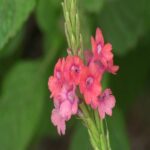
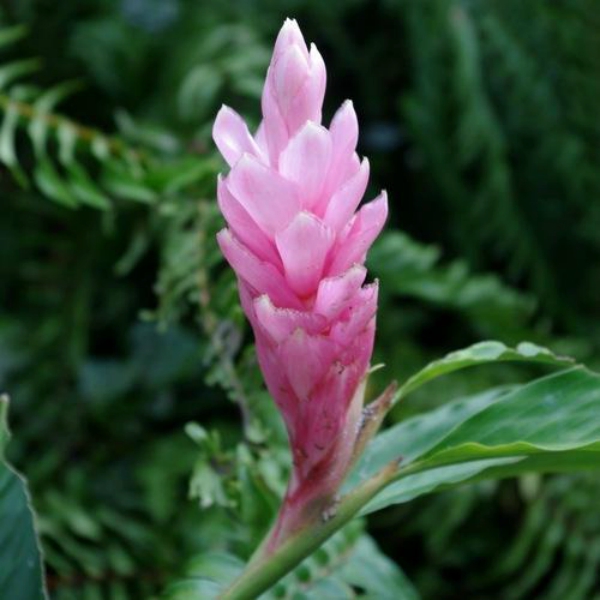
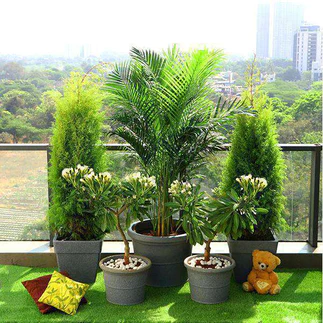
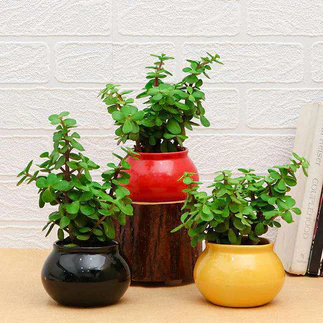
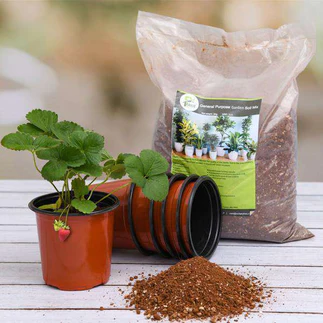
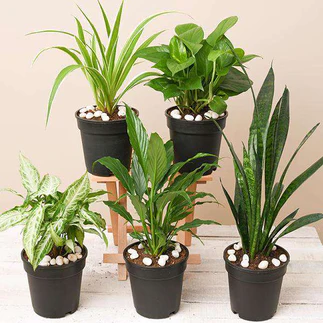
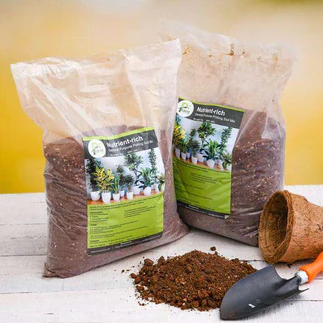
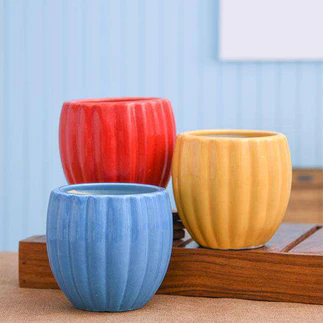
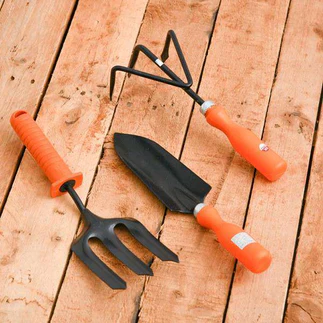
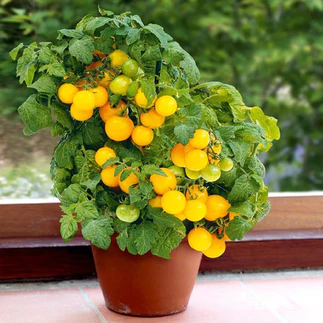
Reviews
There are no reviews yet.